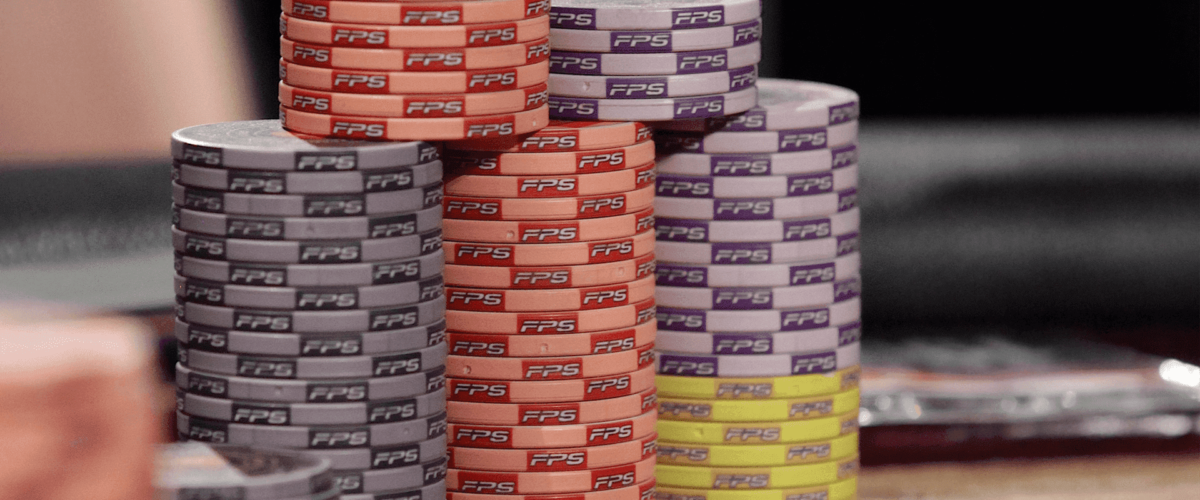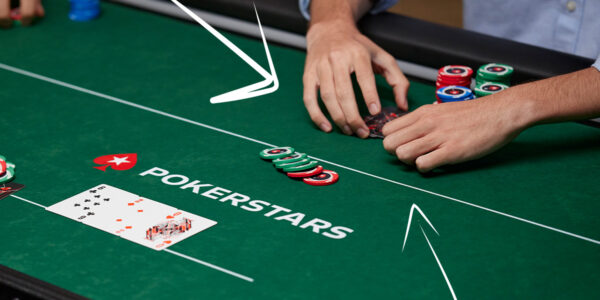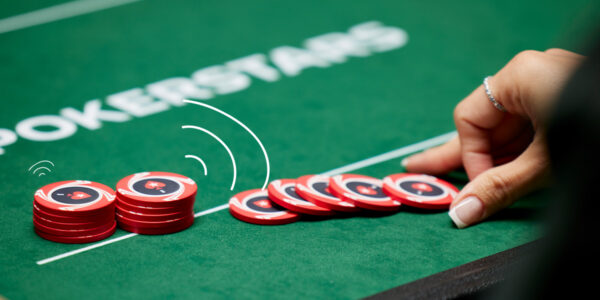Defending the Big Blind Multi-Way
There have been some debates recently in the PokerStars School channel on the PokerStars Discord, which you can join here, about calling from the big blind position facing a raise and callers. There are many differing opinions on just how wide one can profitably defend in the big blind getting a great price to call. Let’s set up an example to discuss this concept.
The blinds are 50-100. There is a raise to 200 from early position, the cut off, button, and small blind call, and the action is on us in the big blind. There is now 900 in the pot and we have to call 100 more to see a flop. There is no doubt that 9-1 on our call is an amazing price. So how wide can we profitably call here?
Some will debate that we should call with any 2 cards. The argument for this is we are getting too great a price, and only need 10% equity to break even on the call. Let’s take a hand like 94o… if we put that into an equity calculator vs. an EP open range, and reasonable cut off, button, and SB call ranges, we find even this paltry hand has 12% equity vs. those ranges. That’s more than 10%, so in effect we can call with any 2 cards! That’s the crux of the argument for calling with complete trash anyway.


There’s a problem with this argument though. When the equity calculator says we have 12% equity vs their ranges that is our equity going to showdown. That’s fine if we are all in for our last 100 chip call, as we’ll be guaranteed to see the showdown once all in. The problem comes when, as is usually the case, there is more money to bet post flop. A hand like 94o has very poor post flop playability. It makes few draws and those will be poor draws generally. It also makes few strong hands. What it flops most of the time is a complete miss, or a very marginal made hand like 2nd or 3rd pair with no kicker. And what this means is, it will be very hard for us to realize our 12% equity with this holding. We simply won’t be able to get our hand to showdown very often.
The fact is 9-1 is an amazing price, and we can profitably defend very wide getting this price. But I am not a proponent of calling this with 100% of starting hands. I would rather call with a hand like 43s, which is also a marginal holding, but has around 19% equity against those same ranges, and also better post flop playability as we can flop some draws that can continue as well.
So the next logical question is, how wide can we make this call then? 60% of hands? 80%? It may surprise some readers that the answer is truly “it depends”. What it depends on is, essentially, you. I can call profitably with more hands than a beginning player can. Daniel Negreanu can call profitably with more than I can. Here’s the thing… realizing our equity and maneuvering post flop is tricky business when we go into the flop with a weak hand, out of position. The more experience you have, and the stronger your skill sets, the better a job you will tend to do sailing these rough waters. This is a tough concept for newer players to grasp. They see a top professional on TV making a very marginal call and think “see, that must be ok because so-and-so just did it”. Whether or not it was ok for that player isn’t the full crux of the debate. It may be that a top professional can play that spot having it be marginally profitable, where as you or I may not be able to. And likewise, spots that you or I may be able to realize a nominal long term profit in, we would not recommend to a new player to the game.


When you hear seasoned pros say things like “I can play a lot of hands in this situation because I am confident in my ability to outplay my opponents post flop”, or “If you’re new it’s recommended you tighten up your starting hand selection to help stay out of trouble”, this is the idea they are talking about. And it applies very well to the prospect of defending our big blinds vs. a raise getting a very attractive price. So the next time you’re in the big blind getting that great price, instead of just tossing in the call thinking “the price is too good”, take a minute to consider what types of flops you will be able to continue on, and your general skill level vs. your opponents. If there’s just not much working for the spot besides the “price”, it may be more profitable to save your call for another time.












